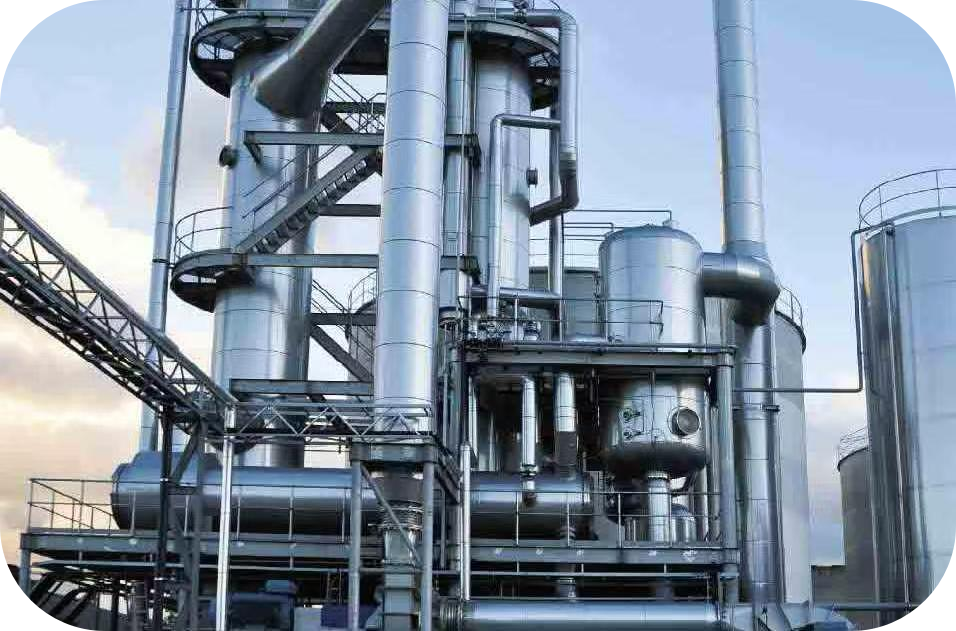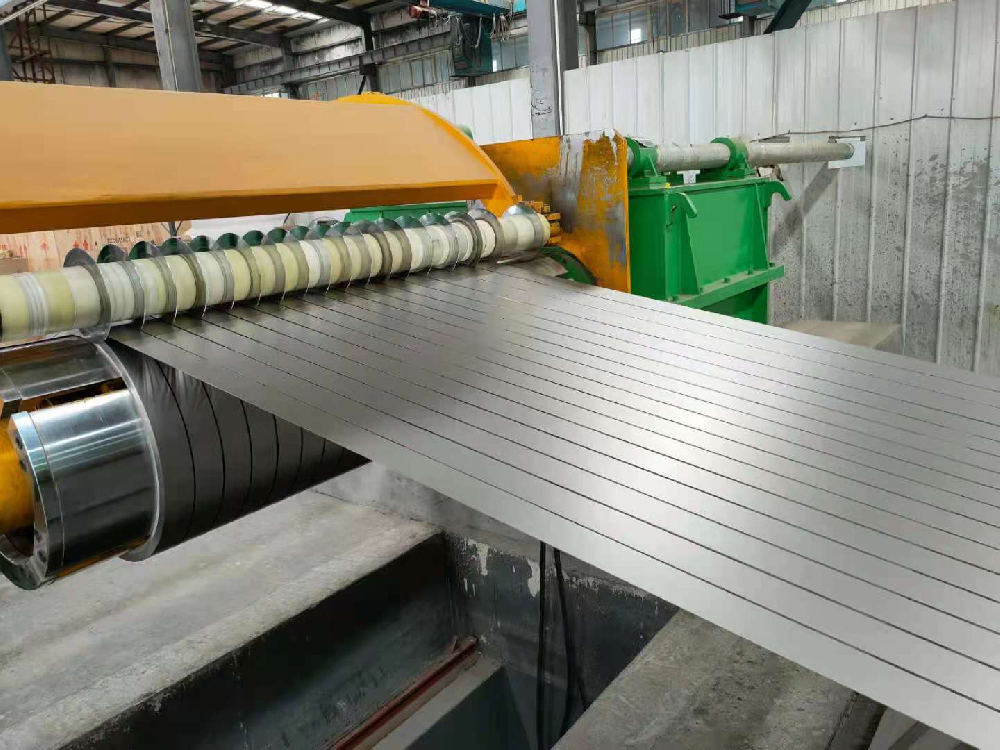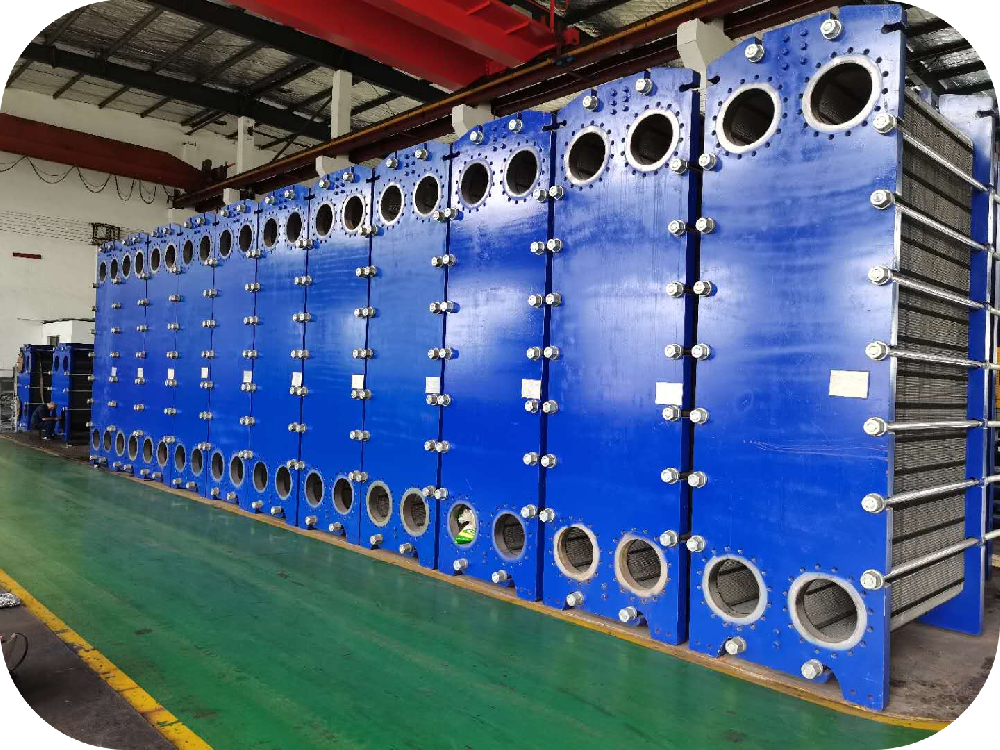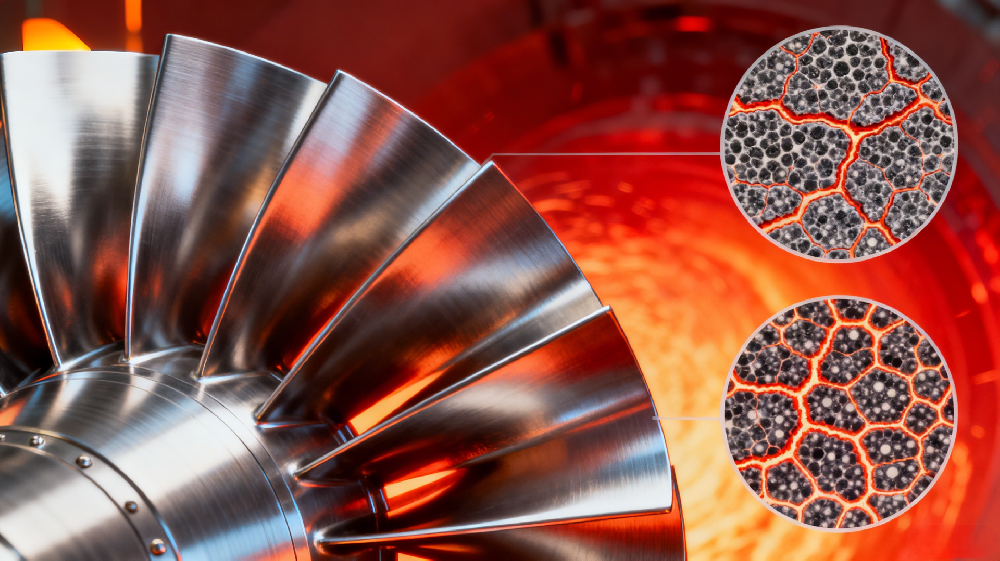-

Material Selection for Pharmaceutical Machinery under Different Corrosion Conditions
2025-11-14Core Principle for Strongly Corrosive Pharmaceutical Machinery: Select materials based on corrosion intensity classification, with key focus on avoiding metal leaching and intergranular corrosion risks.I. Extreme Strong Corrosion Scenarios ···
View all -

Material Selection for MVR Evaporators
2025-11-07MVR (Mechanical Vapor Recompression) evaporators are widely used in chemical, pharmaceutical, food, and environmental protection (e.g., high-salinity wastewater treatment) industries as highly energy-efficient evaporation equipment. Their m···
View all -

Metal Surface Treatment: Passivation and Pickling & Passivation
2025-10-24Metal Surface Treatment: Passivation and Pickling & PassivationIn metal surface treatment, passivation and the combination of pickling and passivation are not the same thing; they have an inclusive relationship.The combined process of p···
View all -

Comprehensive Analysis of Nickel-Based Alloy Naming Conventions
2025-10-17In extreme operating conditions such as high temperatures and corrosion, nickel-based alloys stand out as critical materials due to their exceptional performance. However, engineers often face confusion when confronted with a wide range of ···
View all -

Plate Heat Exchanger Plate Thickness Selection: The Technical Logic of Balancing Safety, Efficiency, and Application Suitability
2025-10-10In industrial settings, plate heat exchangers often face two typical problems:Plates bulge or leak under high-pressure and high-temperature conditions due to insufficient thickness, leading to production line downtime.Over-thickening plates···
View all -

Decoding Creep Resistance: The Key to a Material's "Long-Term Durability"
2025-10-03In the field of materials engineering, we often focus on a material’s "short-term" properties such as strength, hardness, and toughness. However, in many industrial scenarios, materials are required to maintain stability under lo···
View all

